The International Design Awards (IDA) is a global design competition that recognises and promotes outstanding work across architecture, interior, product, graphic and fashion design. IDA’s stated mission is to discover emerging talent and amplify legendary design visionaries by giving winners editorial visibility, exhibition opportunities and credentials that help convert creative projects into commercial and institutional opportunities.
Short history and origins
IDA was created in the late 2000s by the Farmani Group as a sister programme to the Lucie Awards for photography. Since its foundation the award has grown into an international platform with annual ceremonies, catalogues of winners and a jury system that brings together experienced practitioners and curators from different design disciplines. Over time IDA has expanded categories and refined its editorial and exhibition partnerships to make winning work more discoverable to galleries, specifiers and press.

Core philosophy and values
IDA prizes projects that combine creative excellence with contextual clarity: strong concept, rigorous craft, and demonstrable feasibility. Sustainability, usability, and cultural relevance are increasingly prominent evaluation axes, and IDA explicitly rewards entries that explain both the “why” (problem + concept) and the “how” (materials, process, and manufacture). This makes the award especially useful for designers who want both validation and a pathway to market.
Competition structure and main categories
IDA organises entries into major disciplines that reflect the breadth of contemporary design. Typical category groups include:
• Architecture (buildings, installations)
• Interior Design (hospitality, residential, workplace)
• Product Design (consumer products, industrial products)
• Graphic Design (branding, packaging, digital)
• Fashion Design (wearables, accessories)
Within these groups there are subcategories that allow very specific work (lighting, furniture, wearable tech, etc.) to be entered and judged on relevant criteria. The structure lets jurors evaluate like-with-like and enables designers to target the exact audience and specialists who will appreciate their work.
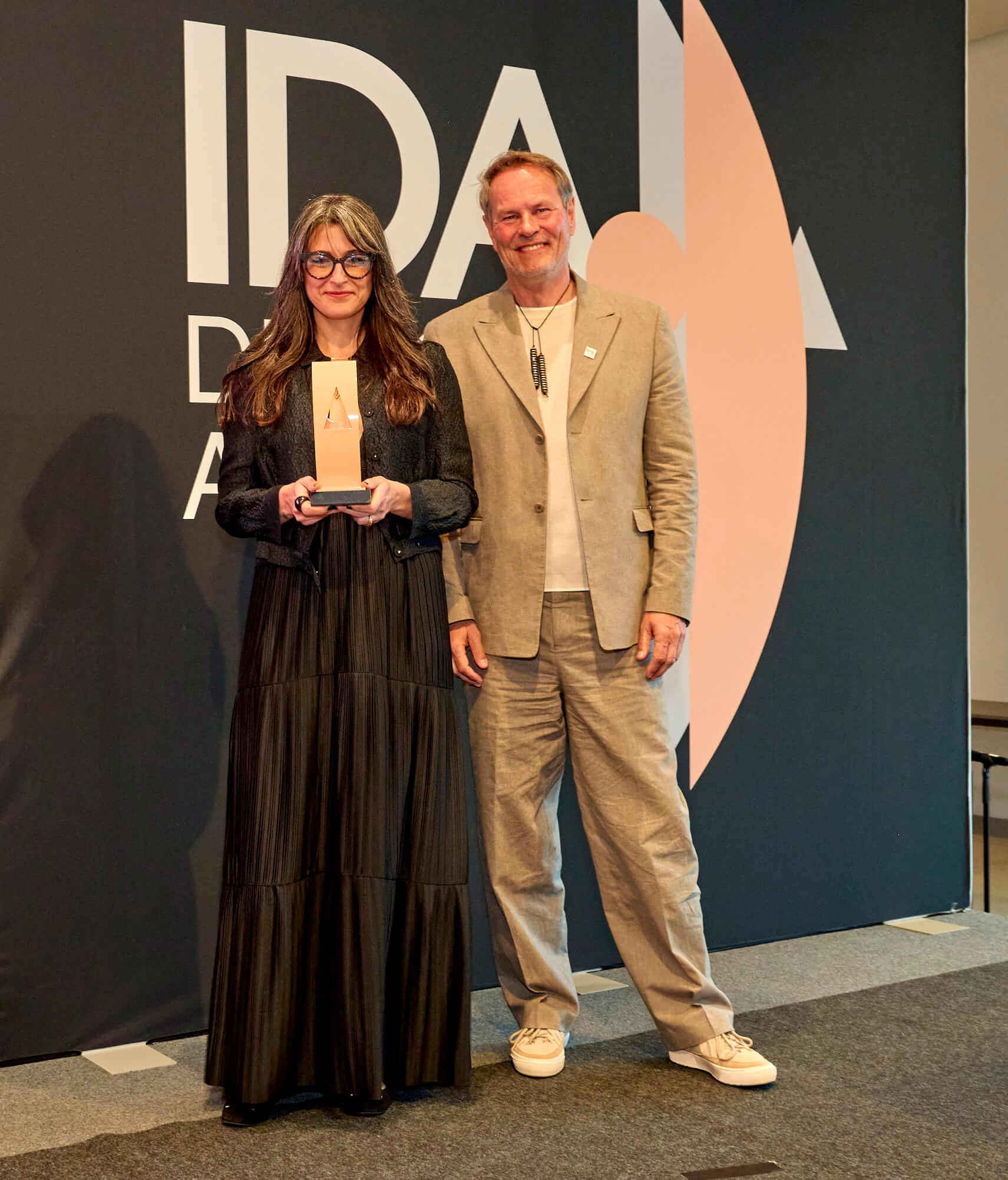
The jury and judging process
IDA’s jury is international and multi-disciplinary: members are senior figures with at least fifteen years’ experience and are selected for their specialist knowledge. Submissions are evaluated anonymously and randomly to reduce bias; jurors score entries on a 1–100 scale using a set of adaptive criteria that account for creativity, functionality, sustainability and manufacturability. Final winners typically emerge from a deliberation that balances numerical scores with juror discussion.
What winners receive
IDA winners gain a package of benefits designed to amplify visibility: official winner status (Gold / Silver / Bronze and discipline “of the year” awards), inclusion in the IDA winners’ catalogue, the right to use an official winner seal, curated exhibition opportunities, press materials and invitations to gala events. These benefits aim to turn award recognition into press coverage, gallery interest, and specification leads.

How to prepare a competitive submission — overview
A strong IDA entry tells a complete story: problem → idea → development → evidence of feasibility → commercial or cultural impact. The submission dossier should include a concise executive summary, a detailed process narrative, high-resolution photography, schematics or technical drawings, prototype and testing documentation, sustainability notes, and a clear commercialization plan (manufacturing route, cost considerations, target market). Think of the submission as both a design portfolio and a mini-business case.

Step-by-step: entering the competition
Choose category and read current guidelines carefully.
Register and create your IDA project page on the submission platform.
Prepare visuals: hero shot, context images, detail shots and process photos.
Write the narrative: short executive summary (150–300 words) + a longer process account (500–1,000 words) that includes prototypes and testing.
Upload technical documentation: dimensions, BOM, materials, manufacturing notes and any compliance/certification information.
Optional: include a short video (30–120 seconds) showing movement, assembly or use. Motion helps jurors understand dynamic behavior.
Pay the entry fee (if applicable) and submit before the final deadline.
Track notifications from the IDA team during the jury stage and prepare PR assets in case you are shortlisted or win.
IDA provides entry tips and a FAQ that are useful while preparing documentation; they explicitly reward transparency about iteration and feasibility.
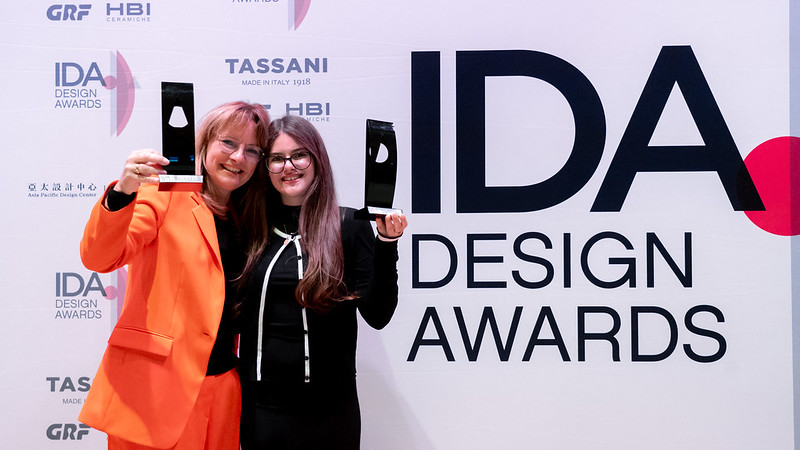
Crafting the process narrative — what jurors want to see
Juries look for evidence that the project progressed through meaningful iterations. Useful process artefacts include early sketches showing divergent thinking, prototype photos that reveal how problems were solved, lab or user-testing results, and reflections on trade-offs (cost vs. finish, durability vs. lightness). Highlighting failures and how they led to better solutions signals maturity and design judgement — jurors value rigorous problem-solving more than polished but conceptually thin renders.
Documenting feasibility and manufacturability
IDA tends to reward entries that demonstrate a clear commercial pathway. Provide drawings or diagrams for assembly, a bill of materials, suggested manufacturing processes (CNC, die-casting, injection moulding, hand-finishing, etc.), approximate unit-cost ranges for different production scales, and supplier or pilot-production notes if available. If the project is a concept rather than production-ready, explain the steps needed to reach market and potential obstacles — believable roadmaps are better than silence.
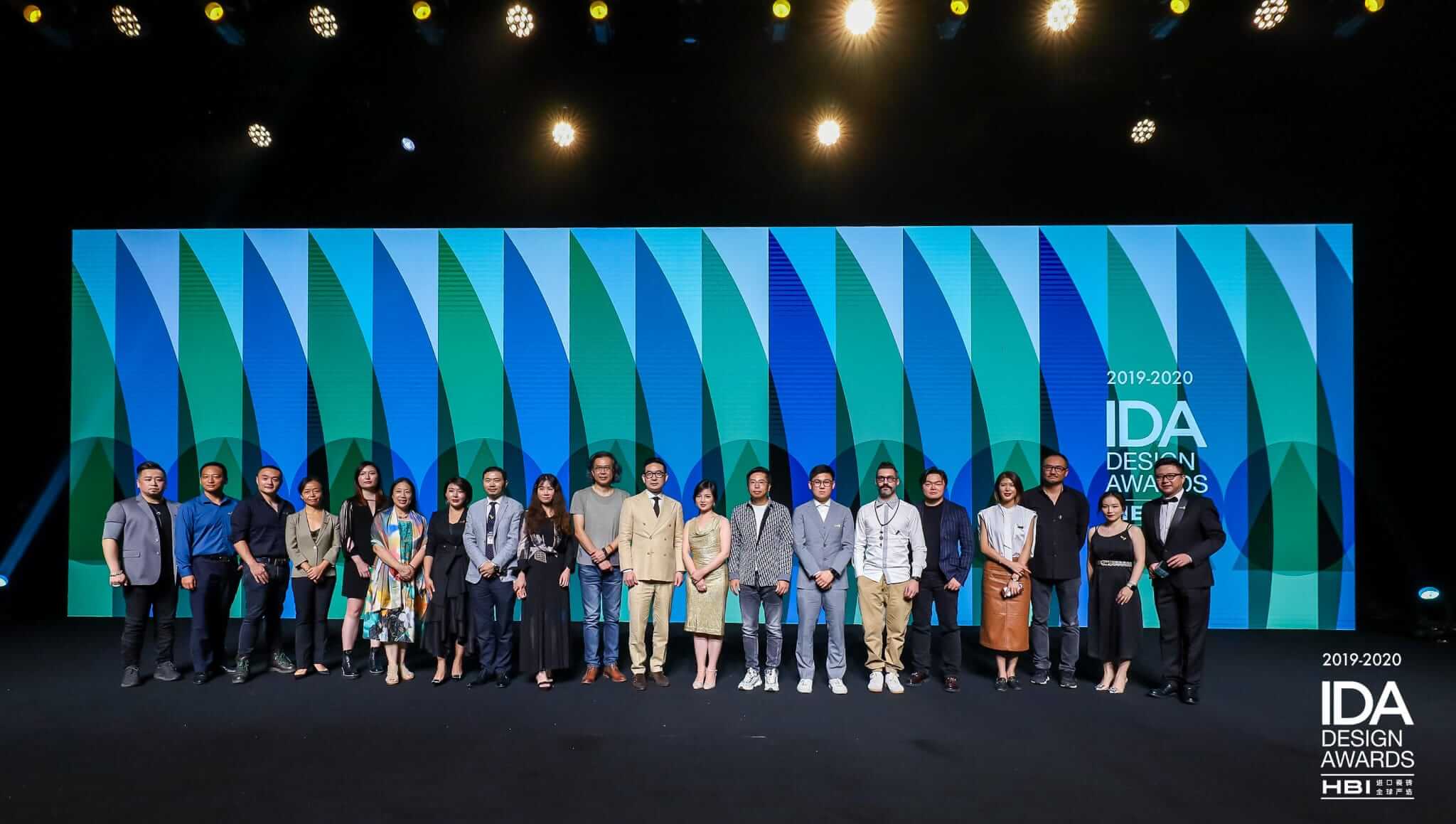
Timing, fees and practical logistics
IDA runs on annual cycles with submission windows and a final deadline. There is usually an entry fee to cover jury operations and exhibition costs; student discounts or fee waivers may exist for certain applicants (check the current year’s terms). Be mindful of deadlines: producing prototypes, professional photography and a video takes time — leave several weeks for shooting and editing. Also allow lead time for approval of press images and rights clearances if your project involves collaborators or branded components.
Preparing visuals that work
High-quality images and concise captions are crucial. Use:
• One strong hero image that shows the product in context.
• Several detail shots that reveal materiality and joinery.
• Process images that show prototypes, tooling, or assembly.
• Optional short video to demonstrate motion or transformation.
Keep captions factual and short — they help jurors quickly understand what they are looking at during an often-heavy review load.
Tips for product designers (practical, high-impact moves)
Prototype early and often; build at least one full-scale mock-up to test ergonomics and presence.
Test the product in real use conditions; document results (durability cycles, user feedback).
Prioritise one or two strong sustainability claims and back them with data (material percentages, repairability plan).
Show the commercial route: who will make it and how much a realistic pilot run would cost.
Use motion (video) for complex, kinetic or transformable objects so jurors understand behavior.
What winning means commercially
Beyond the trophy, IDA-winning projects often receive invitations to exhibitions, editorial coverage and increased inquiries from galleries, manufacturers and clients. The award functions as a trustworthy curator’s stamp that can reduce buyer friction and accelerate introductions to distributors or production partners. Many winners use the award seal in marketing materials and sales decks to signal third-party validation.
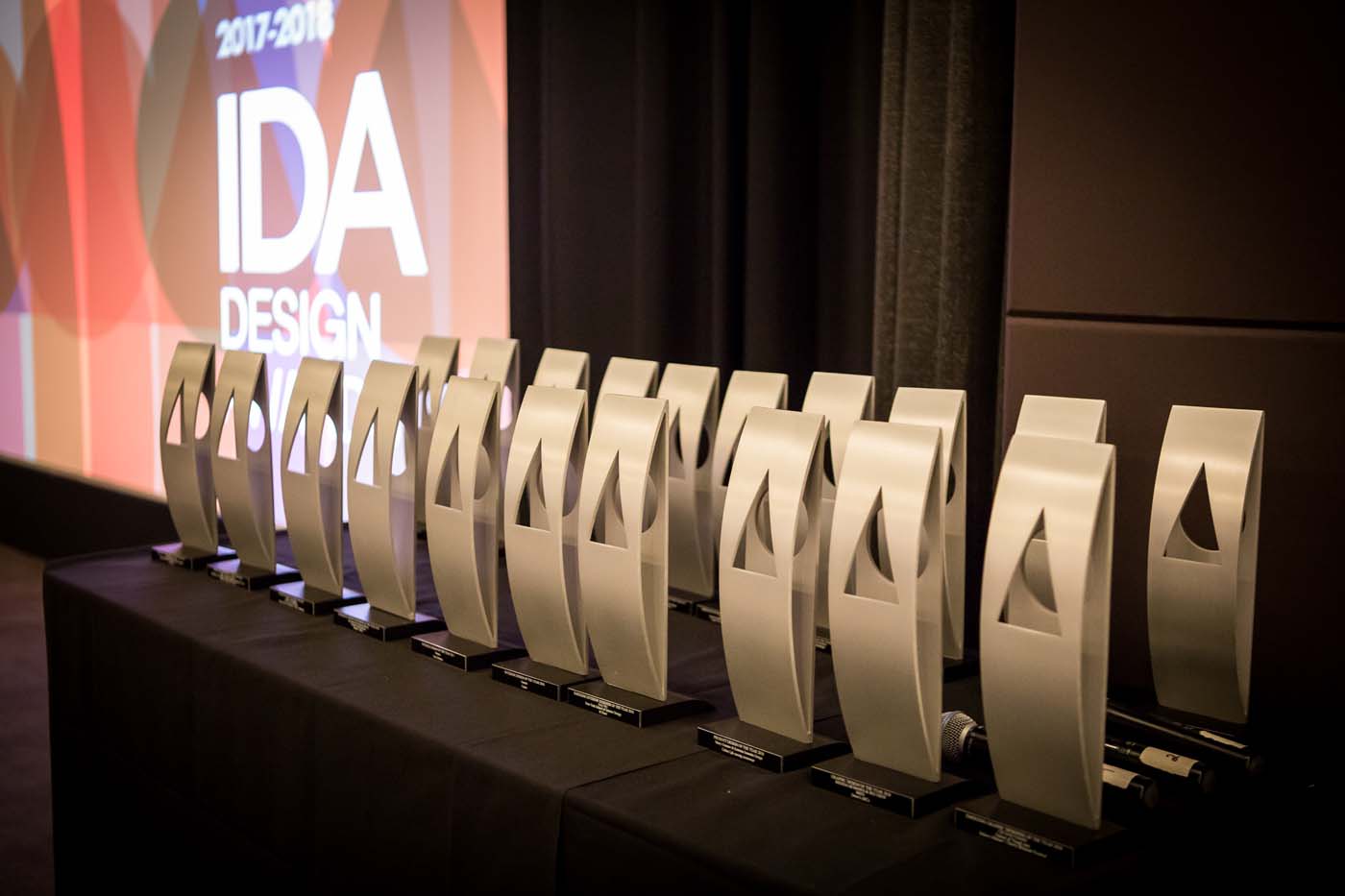
After the award — next steps to capitalise
If you win or are shortlisted, act quickly:
• Prepare a press kit (hero images, 100–200 word project pitch, designer bios).
• Update your website and product pages with the award badge and a clear path to purchase or commission.
• Reach out to potential manufacturing partners with the award as credibility leverage.
• Plan limited exhibitions or pop-up events where people can experience the object physically — awards amplify footfall.
• Offer a maintenance or service plan for mechanically complex pieces to add long-term value.
Treat the award as marketing fuel and as a signal to accelerate partnerships rather than as an endpoint in itself.
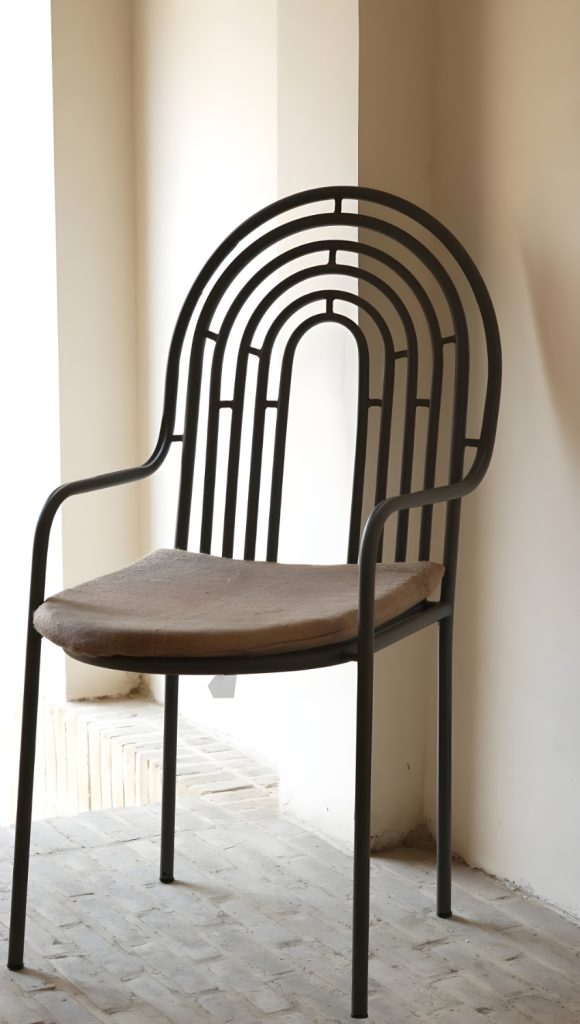
Common pitfalls entrants make
Submitting only rendered images without physical validation.
Hiding or glossing over manufacturing challenges.
Omitting sustainability or lifecycle thinking for product-scale entries.
Poorly named files and confusing captions that slow jurors’ understanding.
Ignoring the brief and mis-categorising the project.
Avoid these mistakes by preparing a robust dossier that balances aspiration with hard evidence.
Case study framework — how to present your product’s journey
Use this linear template for your submission narrative:
Problem statement — who and what.
Design brief — constraints and goals.
Concept exploration — 3 directions and why you chose one.
Prototyping log — what you tested, what failed, what changed.
Final technical summary — materials, BOM, manufacturing notes.
Commercial path — pilot plans, retail or B2B strategy.
Impact & sustainability — expected lifecycle, repair and end-of-life.
This structure gives jurors a clear line of sight from idea to deliverable.
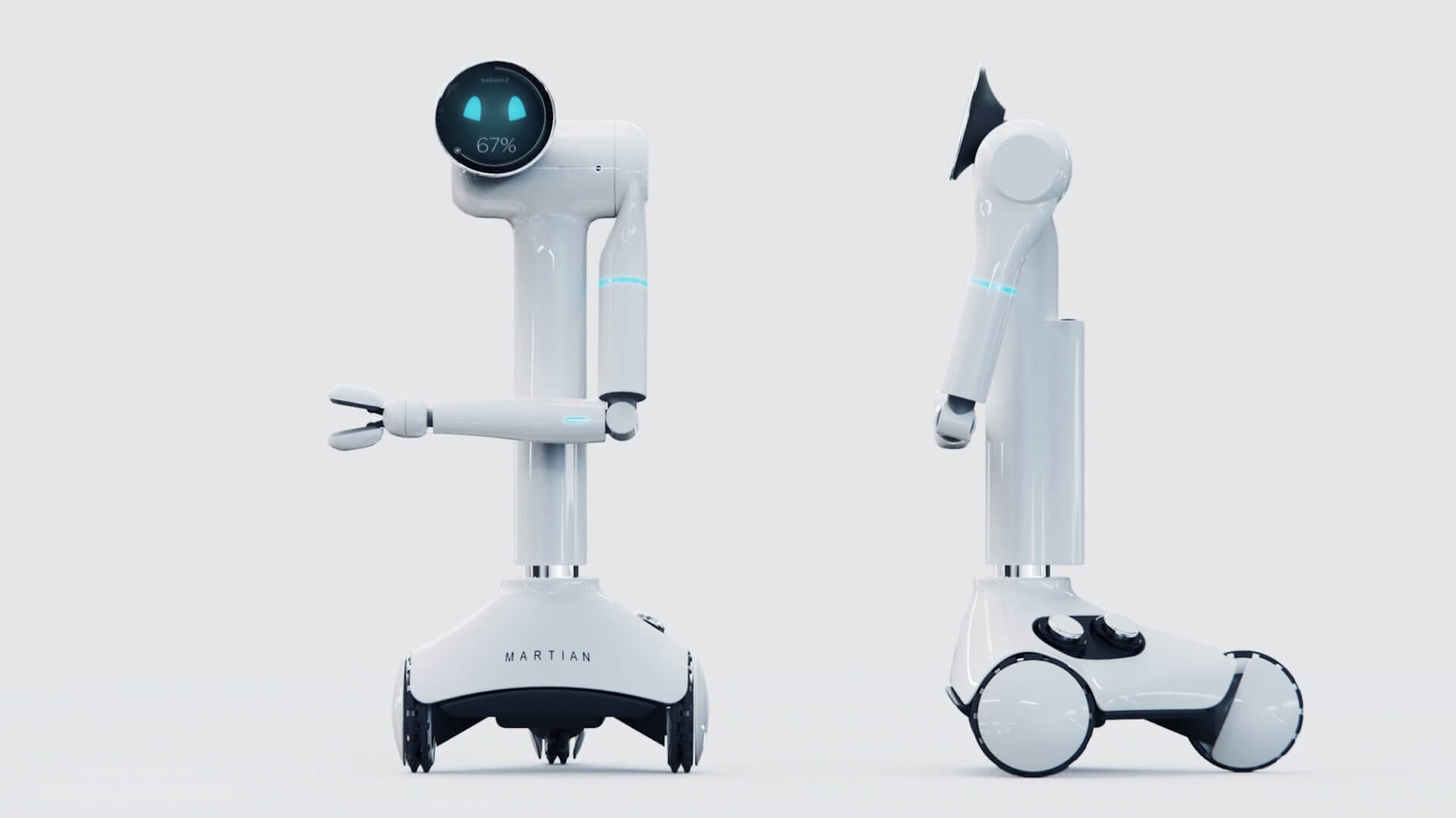
How jurors score — practical scoring insight
Jurors typically score on a 1–100 scale. Strong entries do well across multiple criteria rather than scoring perfectly in only one. A realistic approach is to aim for balanced excellence: a solid functional solution, credible manufacturing plan, and a distinct visual language. Clear documentation of testing and iteration often tips close cases in your favour.
Student and research categories — special advice
Students should emphasise research rigour and the idea’s potential for real-world application. Collaborate with fabrication labs or industry partners where possible to provide physical validation. If a concept cannot be prototyped, provide thorough simulation results or well-documented user-research findings to show viability.
Ethics, IP and legal notes
Before submission, review IP strategy. If your design includes patentable inventions, consider filing provisional protection before public disclosure. Check that you have rights to all imagery and that collaborators agree to the submission. Read IDA’s terms about usage rights for images — awards often display winning works in exhibitions and publications.
Measuring success after entry — KPIs to watch
Track these KPIs to evaluate the award’s ROI:
• Number of qualified inquiries from buyers or specifiers.
• Media mentions and audience reach from PR placements.
• Conversion rate from inquiry to paid orders or commissions.
• Number of manufacturing partners and pilot orders secured.
• Sales velocity for award-labelled products.
These metrics measure whether the award is translating into commercial momentum.
Final advice — thinking like a juror
Prepare your submission so a busy, expert juror can understand your work in under a minute: a hero image, a one-sentence mission, and one strong evidence point (prototype, test data or a pilot order). Then supply the full dossier for deeper review. That combination — instant clarity plus documented depth — is what separates shortlisted work from the rest.



